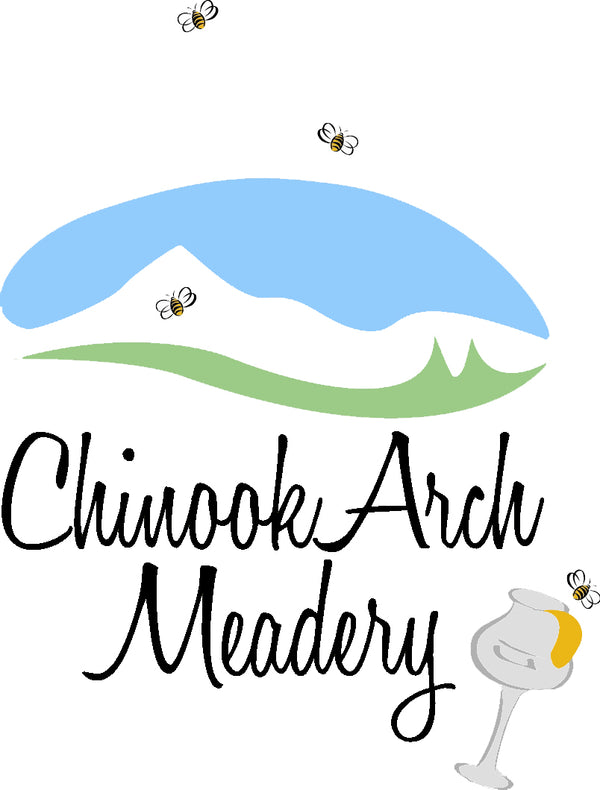Alberta has experienced a wide range of weather this winter - extreme cold in December and mild conditions most of January. On one of the warmer days we took a quick peek inside the hives and found almost all of them were thriving and happy to see us with additional food supplies. Now we are hoping for an early spring to get them started on what is likely to be another challenging year of drought conditions.
Although the weather outside may be bleak and cold, leafing through colourful seed catalogues can brighten your day. When planning a pollinator garden it's useful to know which types of flowers attract which pollinators. Whether it's an ornamental or edible plant, flower anatomy, colour or scent will determine which pollinators come calling. You might wonder what flower shape has to do with the process.
Honey bees have a relatively short proboscis compared to other pollinators, which makes them more able to pollinate flowers whose pollen-holding stamen is readily accessible. Open flowers such as sunflowers, daisies, marigolds, bee balm, mint, apple and strawberries are a few popular examples.
Although alfalfa is one of our most common honey bee foraging crops for nectar, the alfalfa pollen isn't a favourite of honey bees. The alfalfa stamen is hidden and must be triggered to reach it. That process literally bops the bee in the head. Experienced honey bees avoid the indignity but luckily leaf cutter bees don't care!
Tubular or bell shaped flowers such as tomatoes, peppers, eggplant, potatoes, etc are better pollinated by bumble bees who have special abilities. In fact tomato flowers are 'buzz pollinated' when a bumble bee hangs from the inverted flower, buzzing at the appropriate frequency to shaken the pollen out through small holes in the anther (much like a salt shaker). Interestingly most flowers requiring buzz pollination don't produce nectar thus are of no use to honey bees.
Blueberry and cranberry flowers also require buzz pollination. In spite of that, honey bees are able to pollinate the bell shaped cluster of blooms. While trying to reach the precious nectar, their legs contact enough stamen that they coincidentally pollinate the flowers and increase production 35%.
The important thing is to plant as many flowers as possible to have blooms throughout the season for these vital pollinators!


